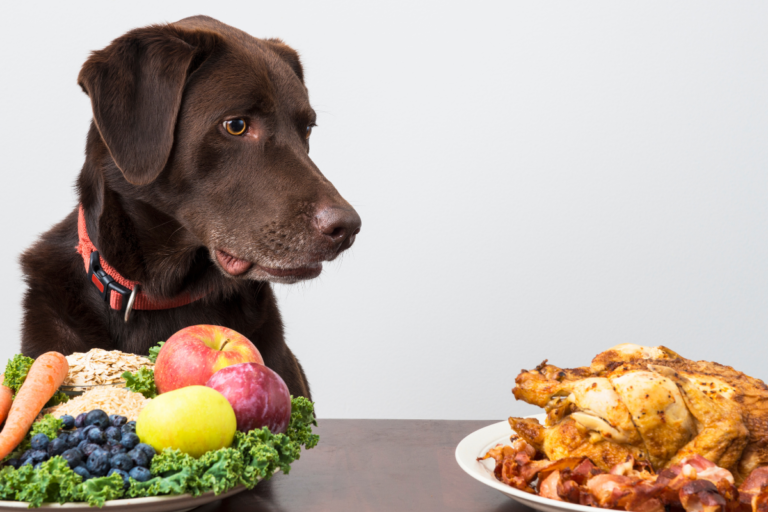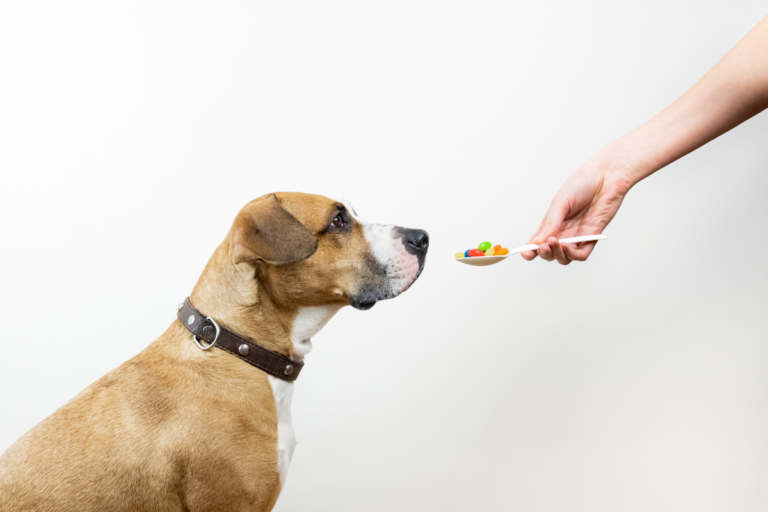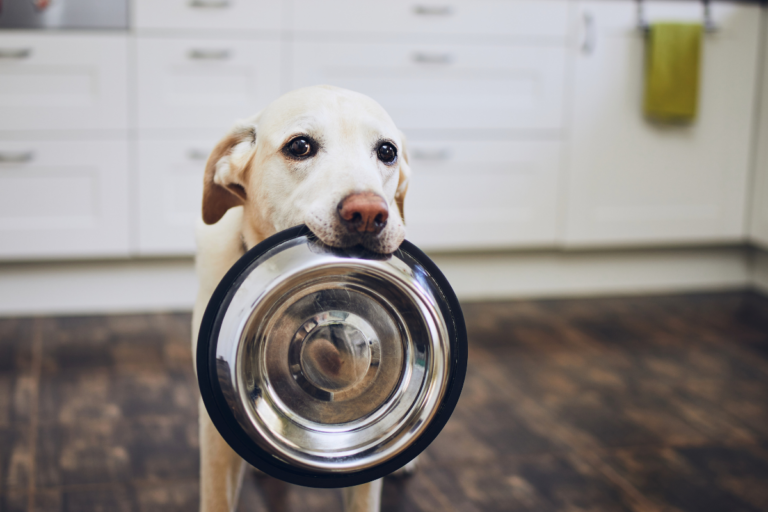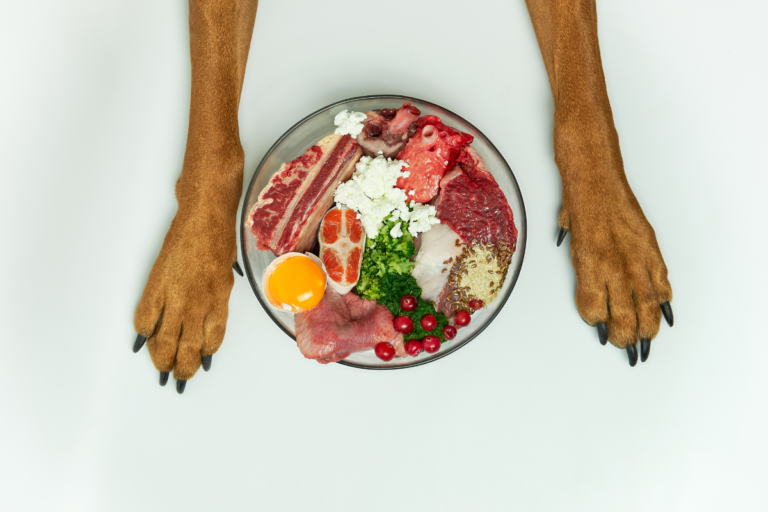Kibble, Raw, or Home-Cooked? Choosing the Right Feeding Style for Your Dog
Kibble, Raw, or Home-Cooked? Choosing the Right Feeding Style for Your Dog
Feeding your dog is one of the most personal decisions you’ll make as a pet parent. But in a world full of kibble commercials, raw food advocates, and home-cooked meal prep videos, it’s easy to feel overwhelmed. What really is the “best” way to feed your dog?
The short answer: it depends.
Every dog is unique—different health needs, energy levels, taste preferences, and even digestion quirks. This guide breaks down the pros and cons of kibble, raw, and home-cooked diets so you can make the best decision for your pup’s lifestyle (and yours).
Let’s explore what each option offers, what to watch out for, and how to find a balance that keeps your dog both healthy and happy.
Understanding Your Dog’s Nutritional Needs
Before we dive into feeding styles, let’s talk about what dogs need to thrive. Dogs are omnivores—meaning they can digest both animal and plant-based foods. Unlike cats (who are obligate carnivores), dogs benefit from a varied diet that includes protein, fats, carbohydrates, vitamins, and minerals.
Regardless of how you feed them, your dog’s diet should:
- Support healthy body weight and muscle tone
- Promote a shiny coat and healthy skin
- Maintain strong bones and joints
- Keep digestion smooth and stools firm
- Provide energy appropriate to their activity level
Dogs with special needs—like pups with allergies or senior dogs—may require more tailored feeding approaches, especially as energy levels and nutritional needs shift with age. For more, see our article on overweight dogs.
Option 1: Kibble – Convenience Meets Nutrition
Kibble, or dry dog food, is by far the most common feeding choice—and for good reason. It’s convenient, affordable, easy to store, and comes in a huge range of options for different ages, breeds, and dietary needs.
Pros:
- Long shelf life and easy portioning
- Typically complete and balanced (look for AAFCO-approved formulas)
- Chewing helps dental hygiene
- Available in formulas tailored for specific needs
Cons:
- Some brands use low-quality fillers or meat by-products
- Less moisture
- Picky eaters may find it boring
Many owners enhance kibble by adding a scoop of supplements or toppers, especially for puppies following a puppy nutrition chart.
Option 2: Raw – A Back-to-Nature Feeding Style
Raw feeding—often called BARF (Biologically Appropriate Raw Food)—mimics what wild dogs would eat.
Pros:
- High protein and moisture
- Often less processed
- May improve digestion and energy
- Appeals to picky eaters
Cons:
- Risk of bacterial contamination
- Needs nutritional precision
- Expensive and time-consuming
- Not suitable for immune-compromised dogs
For breeds like French Bulldogs prone to food sensitivities, a safer option might be pre-balanced formulas. See our full raw feeding guide for help.
Option 3: Home-Cooked – Made with Love (and Precision)
Home-cooked diets offer full control over ingredients and are often chosen by owners managing allergies or digestive issues.
Pros:
- Full control over every ingredient
- Customizable to medical needs or preferences
- Free of preservatives or fillers
- Encouraging for dogs recovering from illness
Cons:
- Time-consuming meal prep
- Risk of nutritional imbalance
- Requires supplementation
- Safe storage and hygiene are essential
If you choose this path, consult a board-certified veterinary nutritionist and check out our dog diet chart for structure.
Cost, Time, and Lifestyle Considerations
| Factor | Kibble | Raw | Home-Cooked |
|---|---|---|---|
| Convenience | Very High | Moderate | Low |
| Cost | Budget-friendly | Moderate–High | Moderate–High |
| Storage | Pantry | Freezer space | Fridge + Tools |
| Prep Time | Seconds | Moderate | High |
| Customization | Low | Medium–High | Very High |
| Vet Supervision | Recommended | Strongly Recommended | Essential |
Can You Mix Feeding Styles?
Yes! Many owners combine styles such as:
- Kibble in the morning, fresh topper at night
- Occasional raw meals
- Rotating proteins weekly
When mixing, transition gradually. If you’re unsure, check with your vet or refer to feeding guidance under trusted nutrition charts.
What the Science Says
Experts emphasize:
- Balanced nutrition
- Fresh water
- Routine feeding
- Portion control
- Monitoring overall health
Anxiety during mealtime could also signal deeper mental health issues.
When to Consider Changing Your Dog’s Diet
- Loss of appetite
- Digestive trouble
- Coat or skin changes
- Behavioral shifts
- Unusual weight gain or loss
Always consult your vet before making big changes.
Final Thoughts
There’s no single perfect answer. Choose what works best for your dog and your lifestyle—balance, safety, and enjoyment are key.
Disclaimer
This article is for educational purposes only and does not replace professional veterinary advice. Always consult your veterinarian before making significant changes to your dog’s diet or feeding style.






